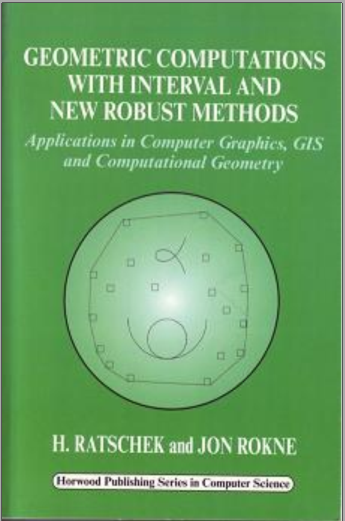Spatial Data Analysis Theory and Practice
"Spatial Data Analysis Theory and Practice: is a comprehensive book that provides an in-depth exploration of the theory and practice of spatial data analysis. The book is organized into three parts, covering the context for spatial data analysis, obtaining spatial data and quality issues, and the exploratory analysis of spatial data.
In Part A, the book sets the context for spatial data analysis by discussing the scientific and policy context of spatial data analysis. It explores the role of spatial data analysis in various scientific disciplines such as environmental criminology, epidemiology, regional economics, urban studies, and environmental sciences. The book also discusses the challenges and issues that arise in analyzing spatial data, such as description and map interpretation, information redundancy, and modeling. The importance of spatial data analysis in the policy area is also highlighted.
Part B, focuses on obtaining spatial data and quality issues. It discusses different sources of spatial data and the concept of spatial sampling, including design-based and model-based approaches. The book also delves into the implications of data quality for spatial data analysis, including measurement error models, gross errors, error propagation, data resolution, data consistency, and data completeness. It also addresses the challenges of spatial interpolation, prediction, and dealing with missing data in spatial analysis.
In Part C, the book delves into the exploratory analysis of spatial data. It discusses conceptual models of spatial variation, including the regional model, spatial "rough" and "smooth," and scales of spatial variation. The book also explores visualization methods for spatial data analysis, including data visualization, exploratory spatial data analysis (ESDA), and visualization techniques for exploring spatial patterns and relationships.
Overall, "Spatial Data Analysis Theory and Practice: Introduction" provides a comprehensive overview of the theory and practice of spatial data analysis, covering the scientific and policy context, data quality issues, and exploratory analysis methods. It is a valuable resource for researchers, practitioners, and students interested in spatial data analysis in various fields.







comments
Leave a Reply
Your email address will not be published. Required fields are marked *